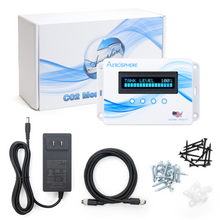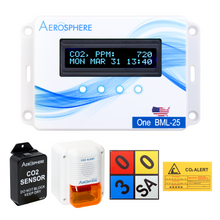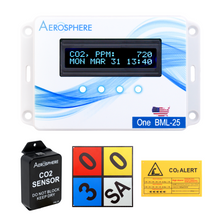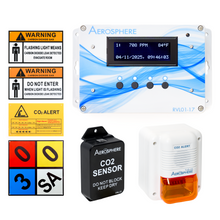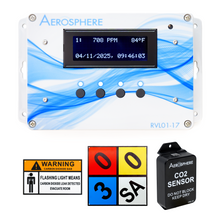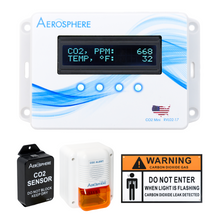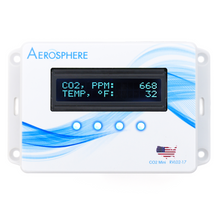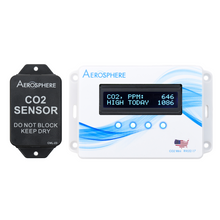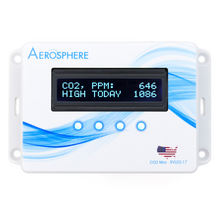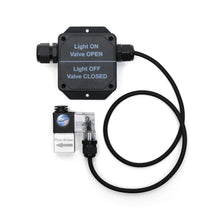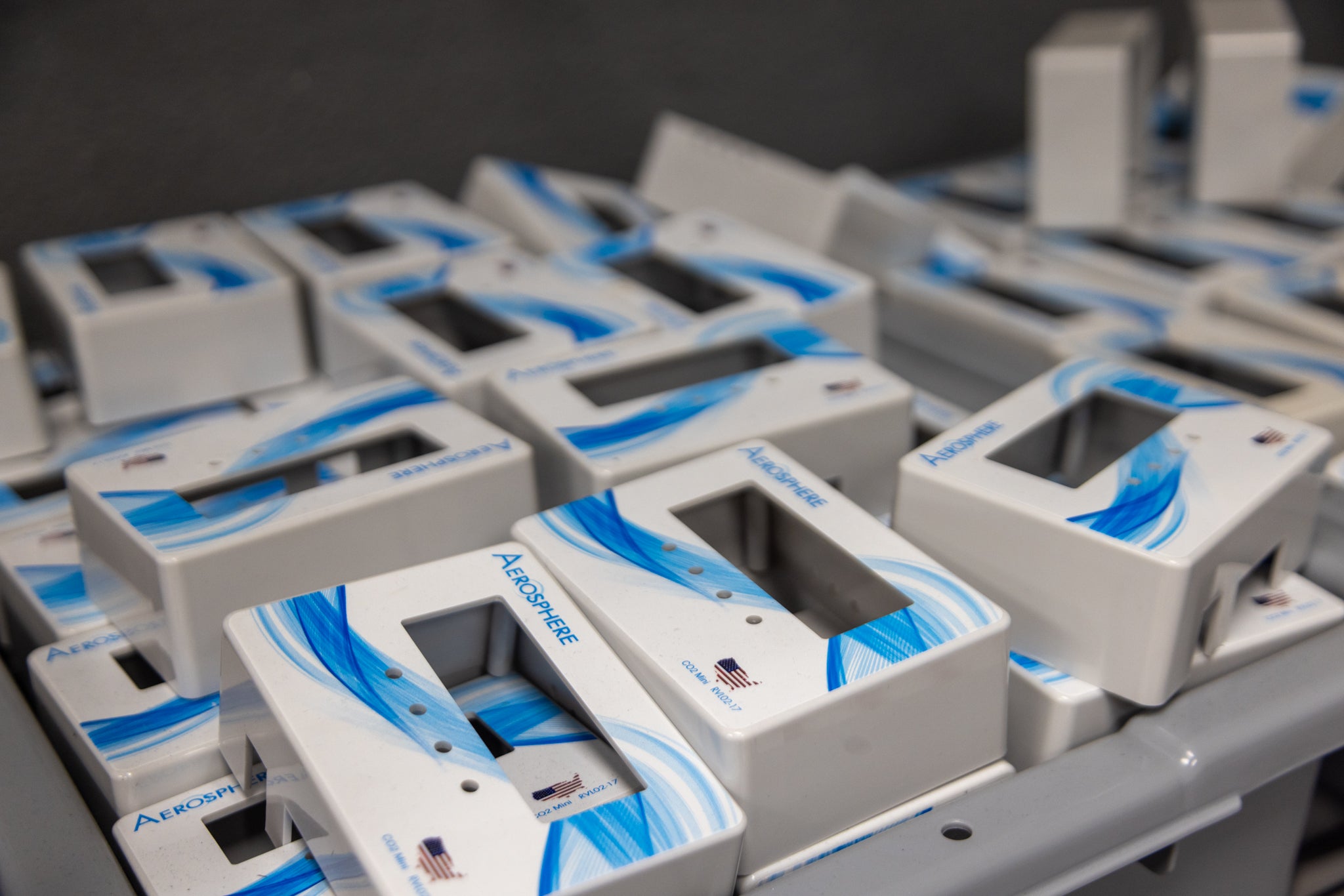Your Yearly Facility Compliance Checklist: CO2 Monitoring, Maintenance, and More
Owning a CO2 system is not a one-time responsibility. Regular maintenance, inspections, and documentation are essential to staying compliant and keeping your facility safe. This annual checklist walks business owners and facility managers through the most important steps, including equipment testing, cleaning, calibration, ventilation checks, signage updates, and professional recertifications to ensure your CO2 monitoring system operates reliably all year long.

If your facility relies on a CO2 system, whether for beverage dispensing, food production, greenhouses, brewing, or industrial processes, regular maintenance and compliance checks are not optional. They are required by code, expected by fire inspectors, and essential for the safety of your staff and customers.
While most businesses install monitoring systems and meet code at the start, many overlook the ongoing responsibilities that come afterward. Just like HVAC systems, refrigeration units, or fire sprinklers, CO2 systems require periodic inspections, cleaning, and documentation to remain compliant and perform reliably.
This annual checklist is designed to help business owners and facility managers stay ahead of inspections, avoid costly violations, and keep their operations running smoothly all year long.

Why a Yearly CO2 Safety Review Matters
Over time, equipment can become dirty and documentation might expire without notice. Any one of these issues could lead to failed inspections, safety risks, or even your CO2 system being shut down. A yearly review ensures that:
- Your monitoring and alarm systems are working correctly
- All components are clean, secure, and ready for inspection
- Your permits, signage, and documentation are up to date
- You catch small issues before they become costly problems
Regulatory agencies like the National Fire Protection Association (NFPA 55) and the International Fire Code (IFC 5307) require facilities that store more than 100 pounds of CO2 to maintain fully functional monitoring, alarm, and in some cases ventilation. Additionally, the Occupational Safety and Health Administration (OSHA) sets the permissible exposure limit (PEL) for CO2 at 5,000 ppm over an 8-hour period, while The National Institute for Occupational Safety and Health (NIOSH) recommends a short-term exposure limit (STEL) of 30,000 ppm. Keeping systems accurate and functional ensures your facility stays within those safety thresholds.

1. Inspect and Test All CO2 Monitoring Equipment
The Aerosphere Monitoring System is the heart of your safety infrastructure. It is designed to alert you before CO2 levels become dangerous, but it can only do its job if it is functioning correctly. As part of your annual review:
- Verify sensor placement: Make sure sensors are still installed in the correct locations (low to the ground near CO2 sources). If equipment has been moved or the layout has changed, sensors may need repositioning.
- Check sensor functionality: Trigger each sensor to confirm it detects CO2 accurately and that alarms activate as expected.
- Inspect horn strobes and visual alarms: Ensure lights and sounds are clear, unobstructed, and functioning.
- Confirm display panel readings: Review monitor readings to ensure they match expected baseline levels when no CO2 is present.

2. Perform Annual Maintenance on Existing Systems
This is one of the most overlooked responsibilities for facility owners. Your CO2 monitoring system is not "install and forget." It must be maintained to stay compliant and reliable. According to most CO2 safety equipment manuals, business owners are responsible for ensuring their systems are clean, fully functional, and ready for inspection at all times.
Include the following in your annual maintenance routine:
- Clean sensors and enclosures: Dust, grease, or debris can interfere with detection accuracy. Gently wipe sensor housings and monitor panels with a dry cloth.
- Check wiring and connections: Inspect cables for wear or damage. Loose or frayed wires should be repaired or replaced immediately.
- Review tubing and valves: Ensure that all gas lines, valves, and regulators are intact and free of leaks.
- Clear alarm and signage areas: Make sure nothing is blocking visibility of alarms, horn strobes, or warning signs.
- Document service history: Keep a log of all maintenance, cleaning, and testing activities. Inspectors often ask for these records during site visits.
The NFPA and Compressed Gas Assocation (CGA) both emphasize that business owners, not inspectors, are responsible for maintaining system integrity between inspections. Regular upkeep not only keeps your system compliant but also extends its lifespan and reduces the likelihood of unexpected downtime.

3. Review Permits, Documentation, and Compliance Deadlines
Paperwork is one of the easiest things to fall behind on and one of the quickest ways to fail an inspection. Make sure you review all documentation related to your CO2 system each year.
- Check permit expiration dates: CO2 storage permits, boiler permits, and pressure vessel certifications often require annual renewal.
- Update site plans: If your facility layout or CO2 storage capacity has changed, update your plans and resubmit them if necessary.
- Maintain equipment cut sheets: Ensure your equipment manuals, data sheets, and manufacturer specs are stored in an accessible location.
- Keep service records on file: Calibration reports, maintenance logs, and inspection results should be organized and ready for review.
IFC Section 5307.4.1 specifically requires updated documentation on total storage volume, room conditions, container placement, and manufacturer specifications to be available during inspections. IFC Chapter 9 Section 901.6.2 mentions “when two or more fire protection or life safety systems are interconnected, the intended response of subordinate fire protection and life safety systems shall be verified when required testing of the initiating system is conducted. In addition, integrated testing shall be performed in accordance with Sections 901.6.2.1 and 901.6.2.2.”
4. Check Ventilation and Exhaust Systems (If Applicable)
Proper ventilation is critical to keeping CO2 levels under control, especially in enclosed spaces or areas below grade. Each year, review how well your ventilation system is performing and make any necessary improvements.
- Test airflow: Ensure fans and ventilation systems activate when alarms trigger.
- Inspect exhaust vents: Look for blockages, buildup, or mechanical issues that could reduce airflow.
- Verify automatic activation: If your system is designed to turn on ventilation automatically at certain thresholds, test that function during your annual check.
- Check for negative pressure issues: Poor airflow balance can allow CO2 to settle instead of venting effectively.
According to the Environmental Protection Agency (EPA), CO2 is heavier than air and tends to pool near the floor, where it can displace oxygen and create dangerous conditions even when rooms appear ventilated. Ensuring exhaust systems function correctly is one of the most effective ways to mitigate this risk.

5. Refresh Signage, Labels, and Emergency Procedures
Clear communication is a major part of compliance. Inspectors will look for proper labeling and emergency signage throughout your facility. Each year:
- Replace faded or damaged signs: Warning labels, hazard placards, and entry signage must be legible and placed at all points of entry.
- Verify sensor zone labels: Ensure each monitored area is clearly labeled with the correct zone and address.
- Update shutoff instructions: Emergency procedures should be visible and easy for anyone to follow.
- Review employee training: All staff should know what alarms mean, how to respond, and where emergency shutoffs are located.
The NFPA 704 Standard for Hazard Identification outlines best practices for signage visibility and content, and many local fire authorities will cite facilities for unclear or missing hazard labels.

6. Schedule Recertifications and Professional Inspections
Even with strong internal maintenance practices, a professional inspection is essential for long-term reliability and compliance. Many jurisdictions require annual recertification or inspection by a certified technician, as mentioned in the IFC Chapter 9 code.
- Schedule test inspection: A technician will test your monitoring system to ensure working in good conditions.
- Request a full system audit: A technician can identify potential issues you might miss and ensure your system meets the latest code requirements.
- Update records: Keep all recertification certificates, calibration reports, and service documentation on file for inspectors.
Working with a certified CO2 safety provider also ensures you remain aligned with evolving standards set by NFPA, CGA, and OSHA.
7. Plan Ahead for Upgrades or System Expansion
Your facility’s needs may grow over time, and so should your CO2 safety infrastructure. Use your annual review to assess whether your current system still meets operational demands.
- Evaluate sensor coverage: Are there new areas that need monitoring?
- Check storage changes: Has your CO2 usage increased beyond what your current system was designed for?
- Consider automation: Integrating your CO2 system with HVAC or facility management systems can improve efficiency and response times.
Planning upgrades proactively is far easier than reacting under pressure after an incident or failed inspection.
Final Thoughts: Make CO2 Safety Part of Your Annual Routine
A properly installed CO2 monitoring system is only the first step in protecting your facility. Ongoing maintenance, regular testing, updated documentation, and proactive inspections are all part of your responsibility as a business owner or facility manager.
By making this checklist part of your annual routine, you ensure your system stays accurate, your facility remains compliant, and your operations run without costly interruptions. It also shows inspectors that you are committed to safety and reliability, something that builds trust and reduces risk year after year.

